Intel showcases robots, wireless charging & smart cars
Jimmy the Robot & Ultrabooks with embedded 3D cameras coming this year
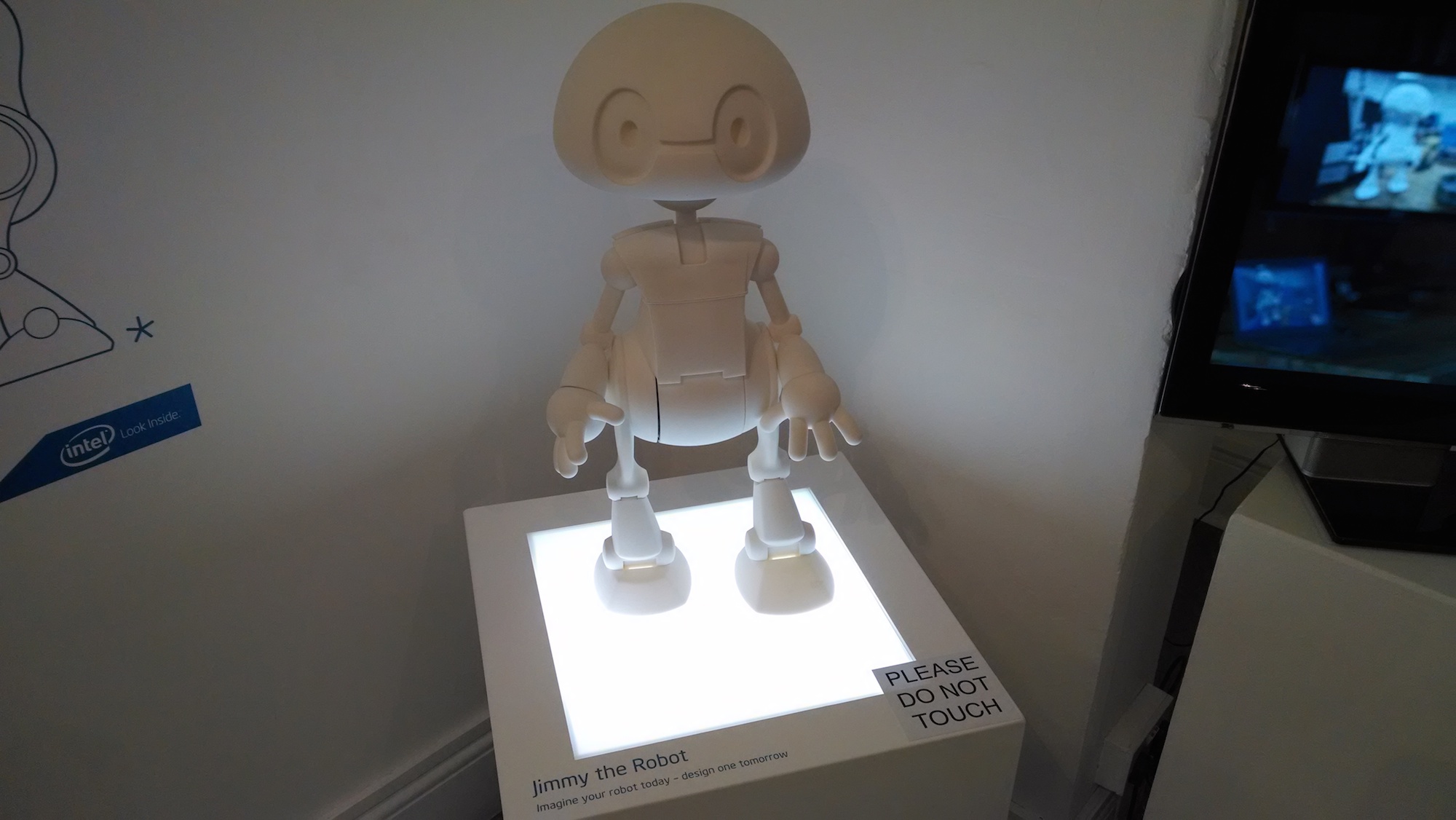
Intel is aiming to drive innovation in the automotive, display, robotic and wireless charging markets.
At its future showcase in London, Intel demoed a range of prototypes, some of which will be on general release before the end of 2014.
Floating display
One of the most interesting demos on show was the "floating display" developed by Intel's Perceptual Computing lab.
Using the 3D camera, Ultrabook and glass placed at a 90 degree angle, Intel has created the illusion of a display hovering in mid-air.
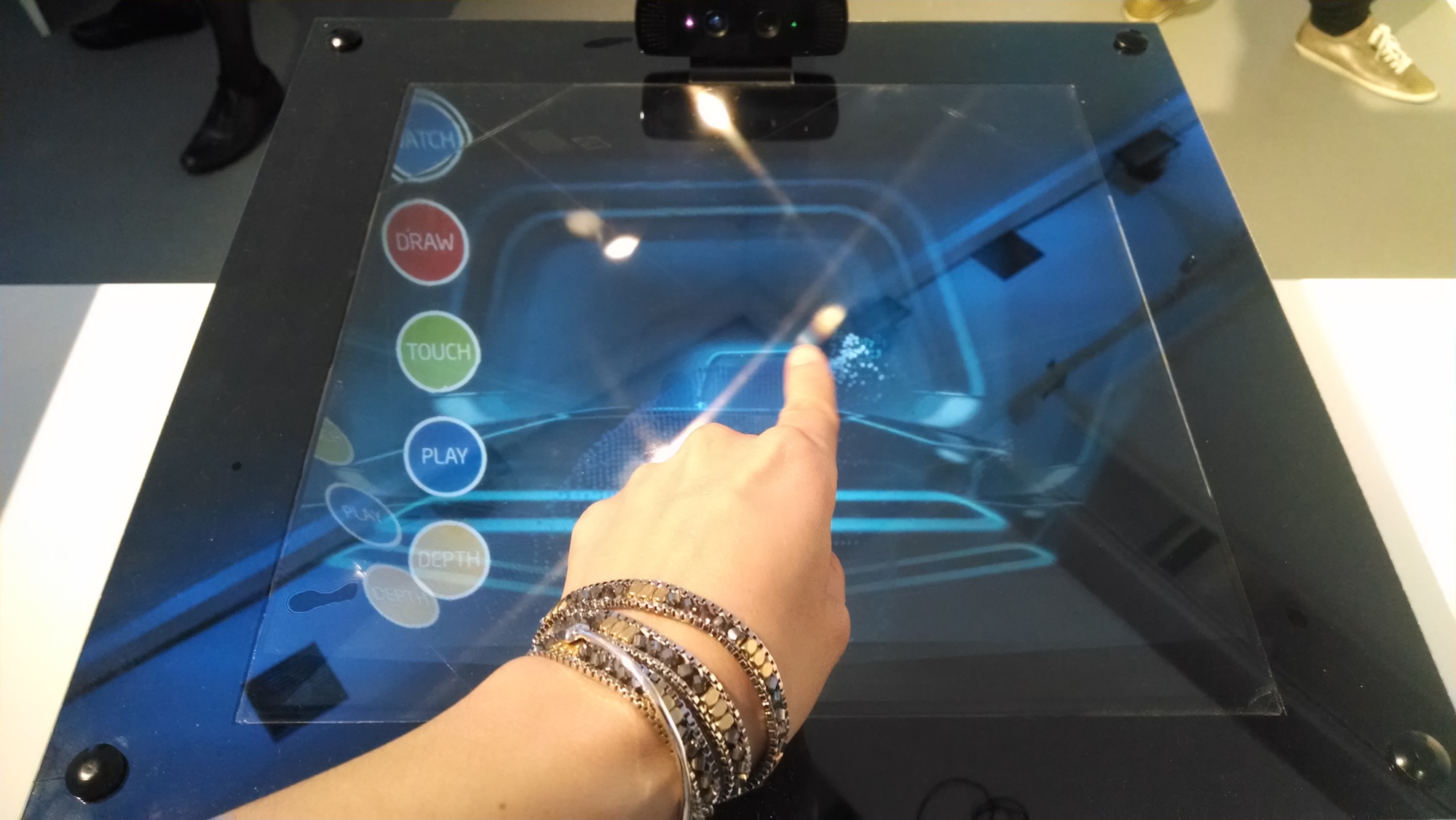
It's possible to interact with the display - pressing buttons, swiping through videos and drawing - all by waving your hand through the air.
Such a display would be ideal in classrooms, boardrooms and retail environments. The reference design is most likely to be brought to market by a third party OEM rather than Intel but there is no date for commercialisation yet.
Get the ITPro daily newsletter
Sign up today and you will receive a free copy of our Future Focus 2025 report - the leading guidance on AI, cybersecurity and other IT challenges as per 700+ senior executives
Wireless charging
The ability to charge devices without the need to plug in a cable is not a novel idea and has been implemented in the mobile market by firms including Samsung and Nokia. However, it has yet to take off - and cables are still the primary method of charging.
First generation wireless charging technology has been limited as it require devices to be placed perfectly on a charging mat, has limited range and does not function in the presence of metallic objects such as keys.
Intel is pushing for the use of Magnetic Resonance technology, which it claims is more practical. The technology is able to transfer power to devices with minimal contact and is even conducive through variety of materials like books and clothing. The technology is also able to charge multiple devices with different power requirements at the same time, so you can charge smartphones, tablets and laptops together. It's also capable of working in the presence of other metallic items such as keys and coins.
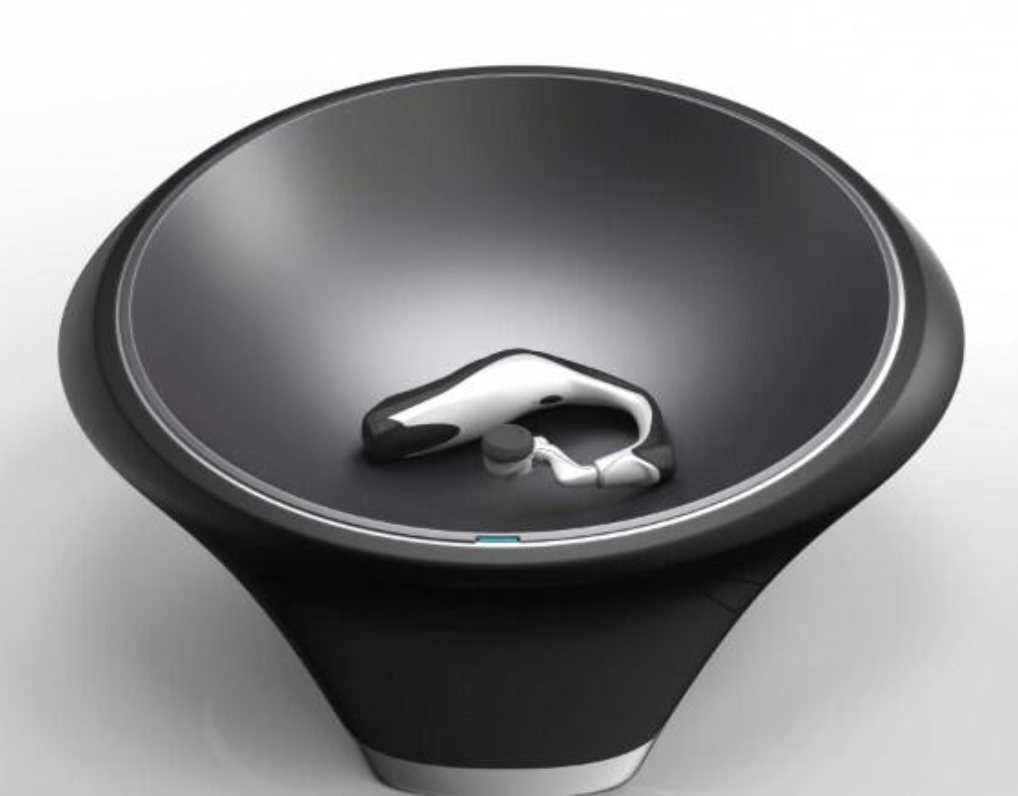
The reference device on show was a wireless charging bowl, which is ideal for use at home. The idea is that when a user gets home they can drop their keys and devices into the bowl and it will charge them. Intel is in talks with a number of partners. Although they remain unspecified at this time, an announcement is expected to be made in the coming weeks.
Solar charging
Sticking on the theme of power, the boom in portable devices also means an increase in power consumption.
Power grids in countries like the UK are expected to start buckling under the strain in the next decade, and the need to push renewable energy is a priority not just for energy firms but tech companies.
A good place to test out renewable energy is in the developing world. Intel has developed a 2-in-1 reference device codenamed Palace Hill, which is designed to be used by school children in places like Africa. To enable the laptop to be used in the most remote areas, Intel has looked to make use of solar energy.
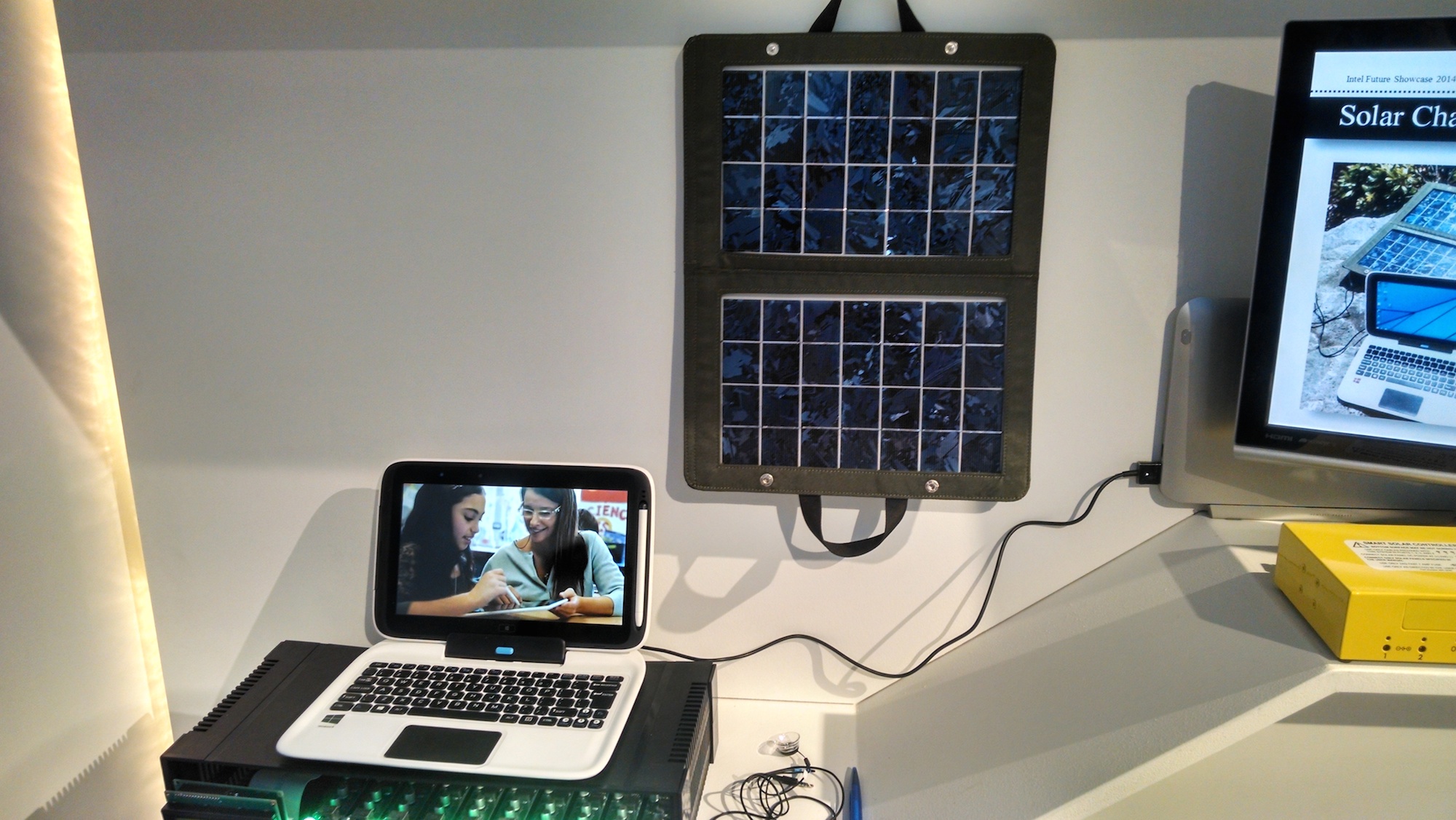
The reference device has "Alternative Power Architecture" built into it so it charged directly from a solar panel.
Devices which do not have the relevant silicon embedded can still be charged via solar energy. They simply need to be plugged into the little yellow box known as the Smart Solar Controller, which is also able to charge multiple devices at the same time.
Charging times will vary depending on the sunlight on any particularly day, but at its optimum it is able to charge devices at the same rate as traditional socket.
Jimmy the Robot
Intel researcher Brian Johnson believes there will come a time when robots will become as common as smartphones. To drive an interest in AI, Intel has kicked off its 21st Century Robot initiative.
The firm is planning on making the specifications for Jimmy the Robot available download after an event in May. This will allow developers and enthusiasts to print off a 3D model and bring him to life - for under $1000.
Once printed and assembled, users will be able to program and install applications - giving Jimmy a personality. Intel is also encouraging developers to design their own robots to drive technology forward.
Smart cars of the future
There have been a lot of demos from car companies like Audi and Mercedes showcasing driving in the future. Google is also developing its self-driving cars and has clocked up thousands of miles in road tests.
The world's largest chipmaker is keen to get in on the act, and don't be surprised to see the "Intel Inside" badge cars in the future.
But how smart can we really expect cars to get? Intel's driving simulator offered a glimpse. Touch screens are expected to be implemented into the dashboard and in from of passengers.
When you enter the car, you'll be required to authenticate yourself by tapping your smartphone. The idea is that the car will then automatically be able to bring up your preferences like music. When you stop at a red-light, the car will count down the time to green and showcase important information on your touch screen.
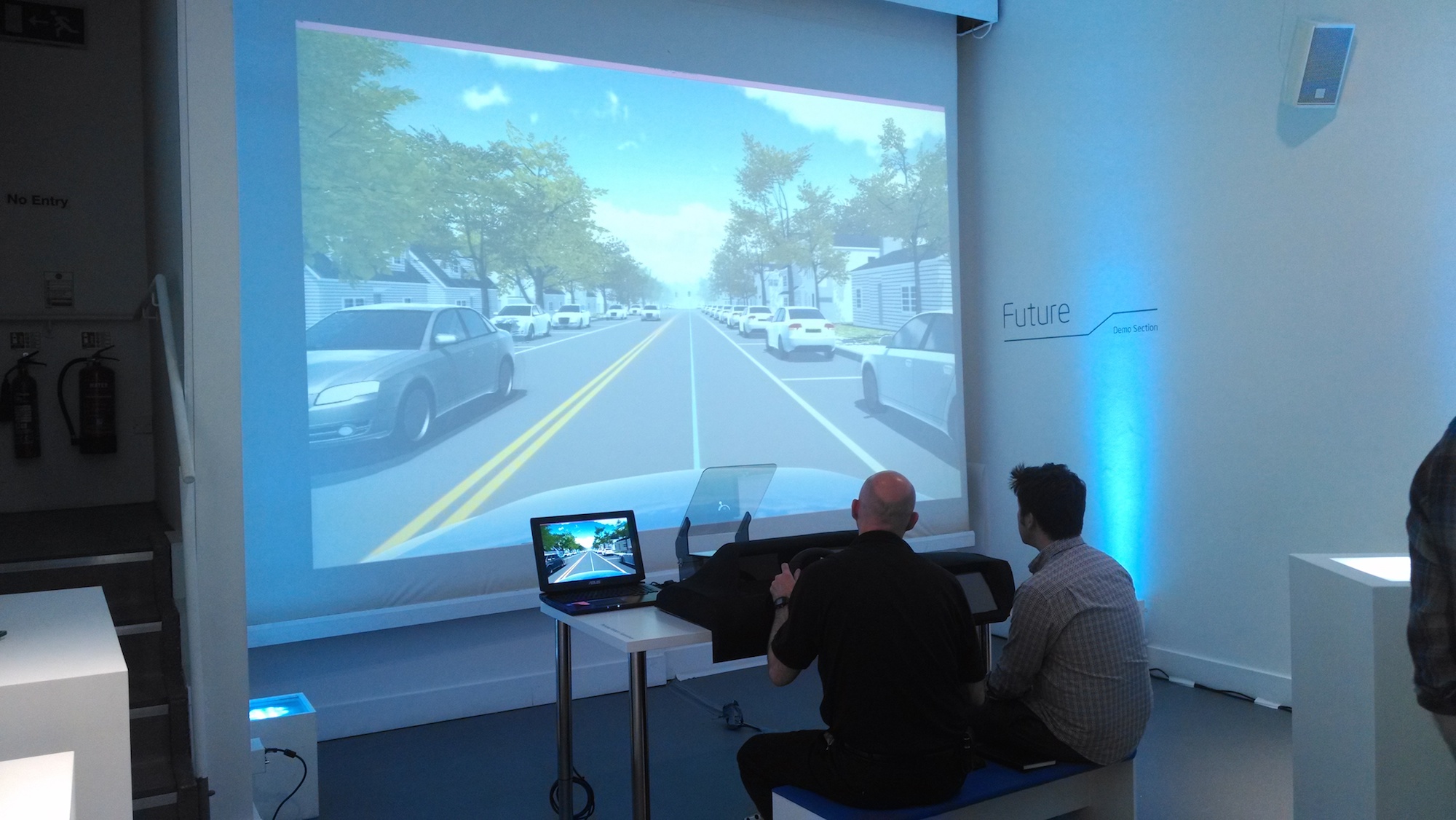
Cars of the future will depend heavily on the Internet of Things, according to Intel. Everything from traffic signals to school buses and parking spaces will need to transmit data to cars, in order to make journeys more efficient.
Intel representatives did tell IT Pro the firm is in talks with various car manufacturers and an announcement in this space is expected to be made soon.
Ultrabooks to have 3D cameras as standard
Intel has been keen to highlight the need for perceptual computing - whereby users are able to interact with their devices by using speech and motion.
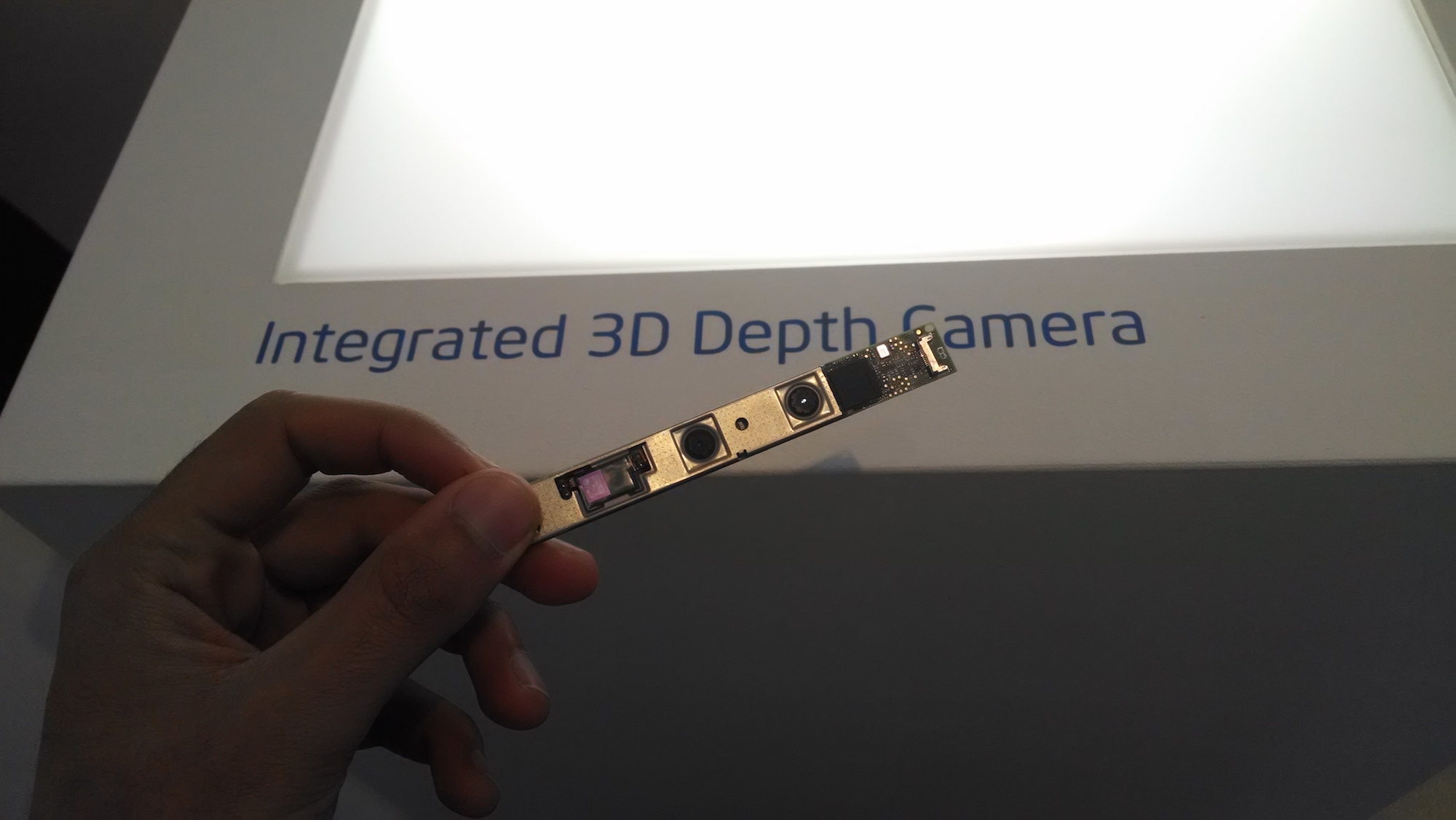
The late-2014 generation of Ultrabooks will all have a 3D-camera embedded into them. Early implementations of gestures are likely to focus on basic games. But Intel is hoping commonly used programs will also make use of the technology. For example, Intel suggested that you could wave to hands to move between slides in PowerPoint.
-
 Cleo attack victim list grows as Hertz confirms customer data stolen
Cleo attack victim list grows as Hertz confirms customer data stolenNews Hertz has confirmed it suffered a data breach as a result of the Cleo zero-day vulnerability in late 2024, with the car rental giant warning that customer data was stolen.
By Ross Kelly
-
 Lateral moves in tech: Why leaders should support employee mobility
Lateral moves in tech: Why leaders should support employee mobilityIn-depth Encouraging staff to switch roles can have long-term benefits for skills in the tech sector
By Keri Allan
-
 Can robots work safely alongside humans? This one industry leader thinks we're not far away
Can robots work safely alongside humans? This one industry leader thinks we're not far awayNews Humanoid robots and people will be able to work truly side-by-side this year, according to the CEO of one leading robotics company.
By Nicole Kobie
-
 Gaining timely insights with AI inferencing at the edge
Gaining timely insights with AI inferencing at the edgeWhitepaper Business differentiation in an AI-everywhere era
By ITPro
-
 Scaling AI from pilot to production: Maximize AI impact with HPE & Intel
Scaling AI from pilot to production: Maximize AI impact with HPE & IntelWhitepaper Transform AI proof-of-concepts into full-scale implementations
By ITPro
-
 Why cutting-edge innovation is killing the planet
Why cutting-edge innovation is killing the planetIn-depth AI and robots will do our work, we’ll get paid in cryptocurrency, and cars will drive themselves – but each of these technologies is a massive energy hog
By Nicole Kobie
-
 UK supercomputer boom as HPE and Dell receive funding for new AI cluster
UK supercomputer boom as HPE and Dell receive funding for new AI clusterNews The UK’s AI computing capabilities will increase by an order of magnitude in 2024
By Rory Bathgate
-
 AI gold rush continues as Hugging Face snags $235 million from IBM
AI gold rush continues as Hugging Face snags $235 million from IBMNews The investment round, which brings the company's valuation to $4.5 billion, also includes Amazon, Google, Intel, and Salesforce
By Richard Speed
-
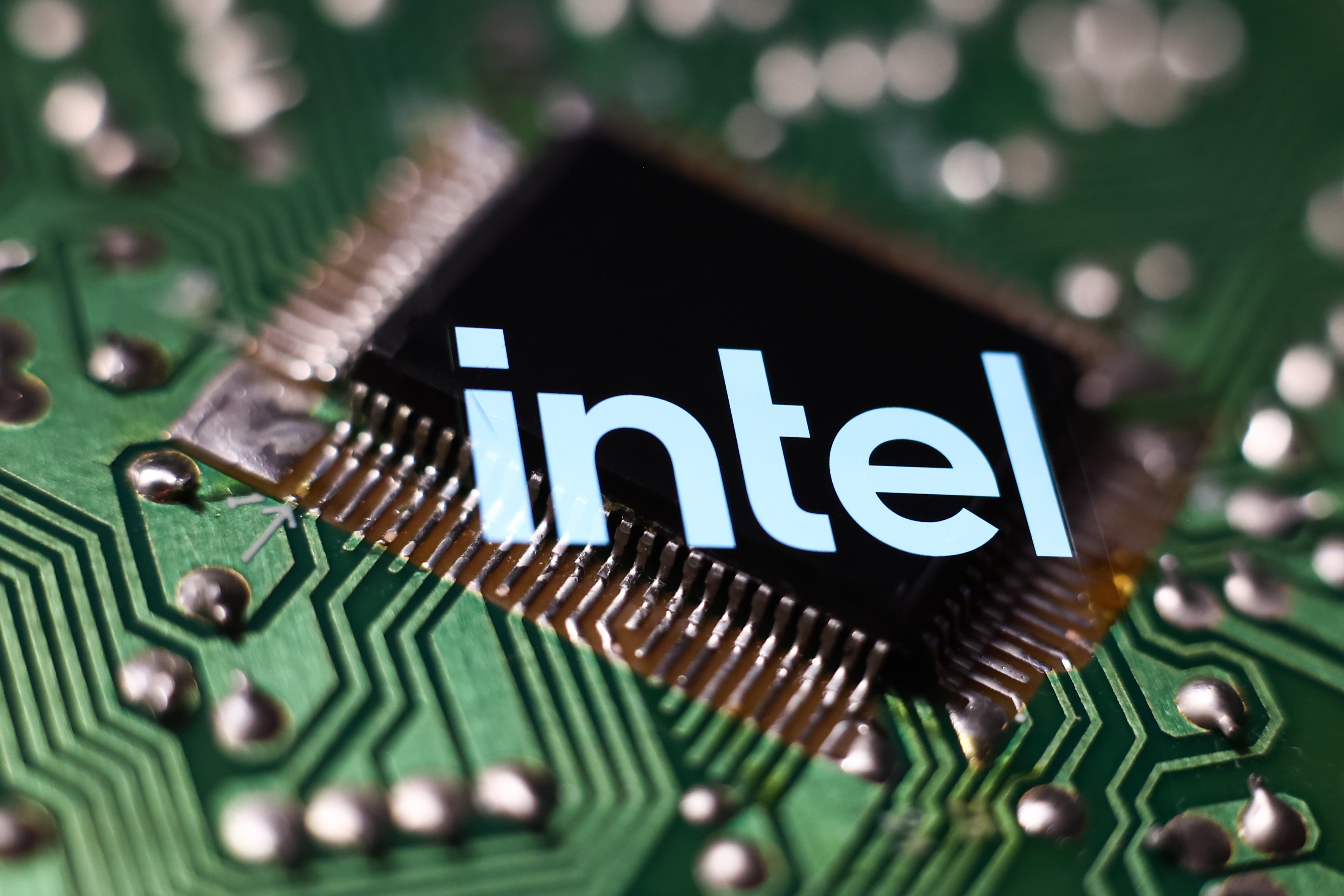 Why is ASUS reviving Intel’s NUC mini-PC line?
Why is ASUS reviving Intel’s NUC mini-PC line?News The diminutive PC is to rise again while analysts look for the business case
By Richard Speed
-
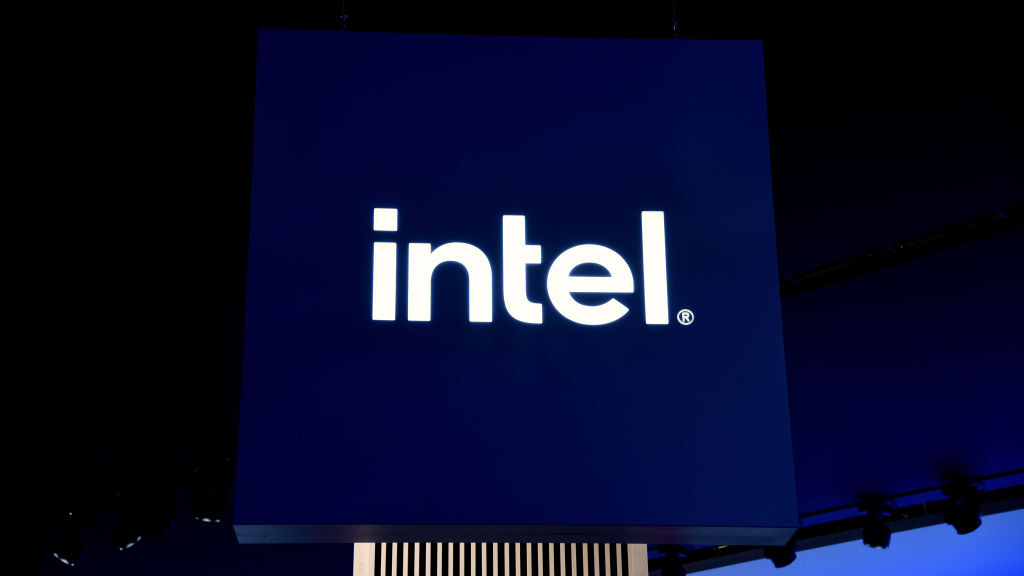 Intel targets AI hardware dominance by 2025
Intel targets AI hardware dominance by 2025News The chip giant's diverse range of CPUs, GPUs, and AI accelerators complement its commitment to an open AI ecosystem
By Rory Bathgate